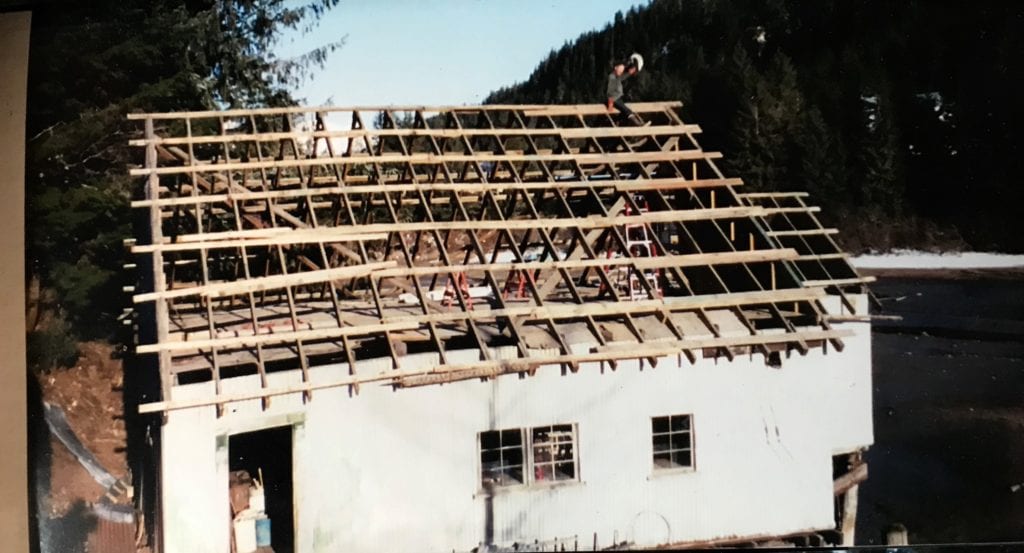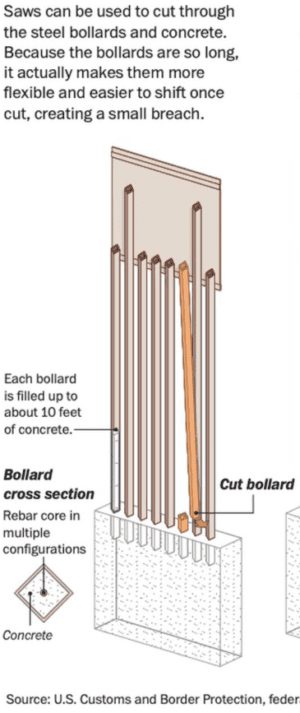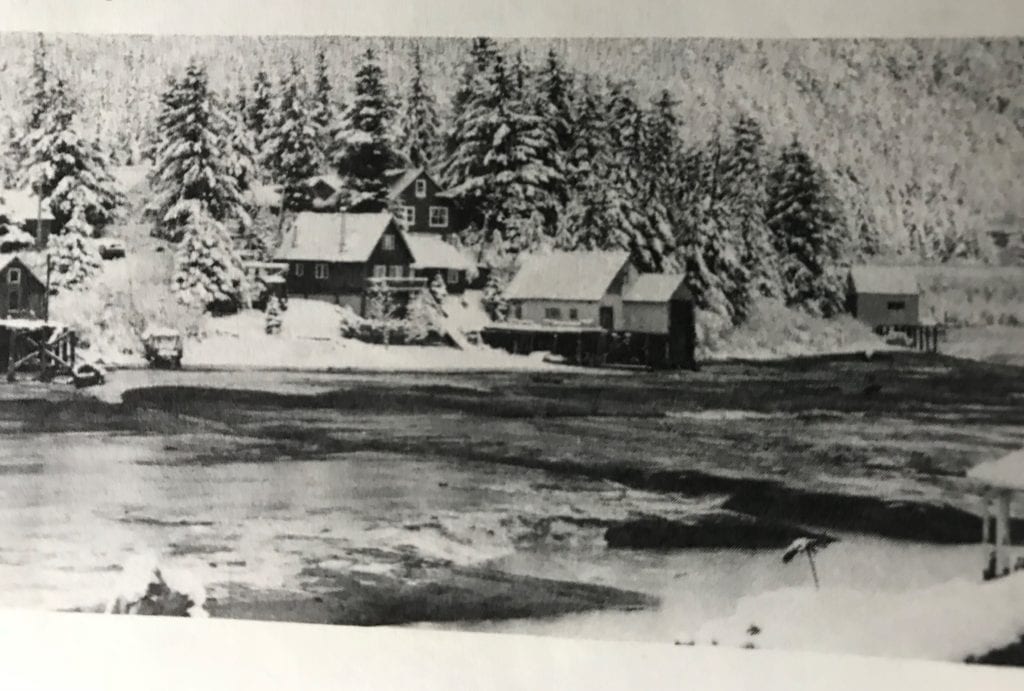
Recently the humor publication Mad Magazine announced it will soon shut down after a 67-year run.
Dang. I remember it as a zany 1950s comic book that could be found on the shelves of two stores on Main Street, Rosswogs and the Cordova Drug Store. This, of course, was well before the entire block went up in flames in the 1963 fire.
It featured a character named Alfred E. Neuman, and the letter E stood for Enigma.
Surely it can’t be for lack of material that the magazine will cease publication, as every day brings new madness and enigmas.
For example:
Whether you are for or against The Wall, is it really possible that $10 billion is being spent to build a barrier that can be compromised in minutes using a Sawz-all equipped with Diablo cutting blades?
Battery-powered reciprocating saws such as this are available everywhere, including both local hardware stores right here in Cordova. The price is about $100, and the ultra-sharp blades that are being used cost $20.
The new “Wall” consists of 30-foot tall bollards, embedded in cement to prevent tunneling.
Bollards are defined as posts to divert traffic. In this case, they are six-inch-thick square posts with a steel exterior that is three-sixteenths of an inch thick and a core filed with commercial-grade concrete that is strengthened with rebar.
Smugglers are using pairs of saws with blades that can quickly be replaced to cut through the exterior metal, as well as the cement and rebar within.

Since the bollards are only anchored at the top and bottom, it is then easy to use the leverage of a 30-foot fulcrum to pull them out of place and step through. Engineers have noted that a severed bollard could be pushed out of the way using a standard car jack.
Customs and Border Patrol personnel can repair the breaches by welding them back together; but it turns out the welded repairs can then be cut again in much easier fashion.
In the San Diego area, smugglers have figured out how to return the bollards to their original position and disguise the breaches for future use.
In a very high-tech solution to this tactic that would have Alfred E. rolling on the floor with laughter, agents have learned to drive along the base of the wall looking for defects and testing the metal by kicking it with their boots.
Strangely, all this madness brought back memories of another attempt to stop illegal drug trafficking. In this case, booze during Prohibition.
Several years ago, I tore down an old boathouse near our home on Odiak Slough that originally belonged to Louis Stinson. Norwegian old-time fisherman Pete Gildnes told me a story about Stinson, whom he called “Hard-Workin Swede.”
It seems that Hard-Workin was supplementing his fishing income by making moonshine over on Hawkins Island. He would bring it to town on a small Columbia River-style double-ender, pull his craft into the boat bay of the warehouse, and then use it as his distribution center.

According to Gildnes, Harry Close, U.S. Marshall in Cordova at that time, learned of the operation. He let Stinson chug up Odiak Slough and get near his warehouse before demanding that he stop. Close had Hard-Workin cut off, but the Swede tried to make a run for it. Alas, Close fired a shot that hit Hard-Workin in the leg, and he ran aground below the site of today’s KLAM radio station.
Any skepticism regarding this tale was eliminated, when while in the process of tearing down the warehouse, I discovered several pure copper parts of a still.
What sparked recollection of this historic bust was the fact that the tools I used to tear down the old warehouse included — you guessed it — a Sawz-all and carbide cutting blades, plus steel-toed boots and a cable come-a-long.
I would recommend such boots for the Custom Border agents kicking the bollards; and not to endorse crime, but as a former civil engineer student at UAF who loves physics, would acknowledge the come-a-long as a very efficient way to reposition 30-foot bollards.
Finally, a parting thought regarding the most effective brand of blades being used to cut through the bollards: “Diablo” is Spanish for “Devil”.
Yogi Berra, who ranks right up there with Alfred E., once described an event by saying, “It’s de-ja vu all over again.”
Despite the demise of Mad Magazine, it’s still a Mad, Mad World.





